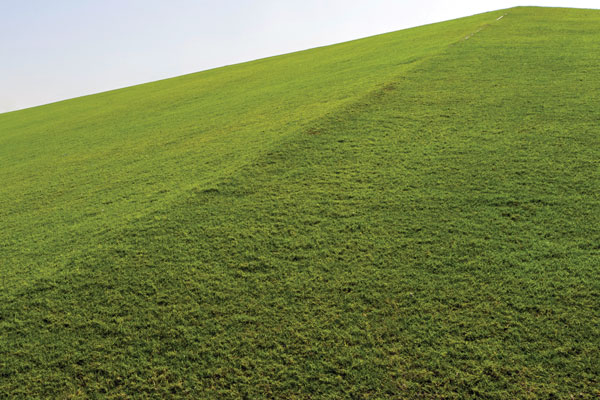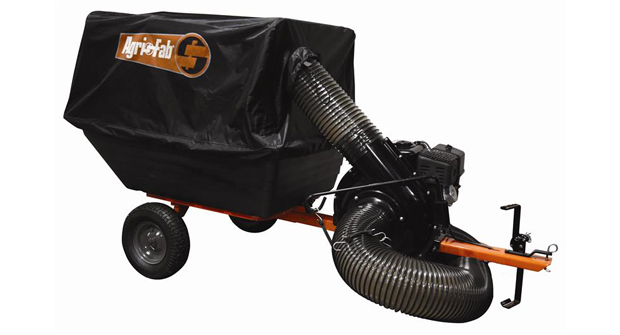
The challenge: How can landscape pros insure safety when mowing on slopes and steep grades?
Husqvarna

George Reister
Regional product manager, U.S. wheeled
DO choose the right equipment and operate that equipment safely. Ideally, landscape contractors will want a piece of equipment that is versatile and handles well on both flat and steep grades, so they don’t have to switch between two mowers. DO avoid abrupt directional changes in the middle of the row and always assess conditions for wetness, large bumps and other obstacles. DON’T exceed the slope rating as stated in the operator’s manual.
Exmark

Lenny Mangnall
Marketing product manager
DO understand the equipment’s limitations and how mowing conditions affect traction. It’s critical when mowing grades. Choosing the right mower is important as well. Even in ideal conditions, we don’t recommend using zero-turn mowers on grades of more than 15 degrees. DO consider moisture, walls, dropoffs or other traction-reducing conditions on a case-by-case basis because these factors reduce the grade that can safely be mowed. Typically, mowing across the grade and turning up the slope is the preferred method of attack. DON’T forget to always err on the side of safety.
John Deere

Nick Minas
Product manager
DO read and understand all the safety and operating information provided with the machine that will be operated. Typically, a machine has a specified maximum slope for operation, but the number varies from machine to machine. DO be aware of the terrain and operating conditions and maintain at least a machine width between yourself and any dropoffs and other hazards. DO always consider current turf conditions when assessing slope angles and use common sense and good judgement when assessing the site. DON’T forget that cabs, baggers and other attachments could increase the risk of a rollover and decrease the recommended operating slope.
Kubota

Tom Vachal
Kubota senior turf product manager
DO use the right product. In very steep situations, I use walk-behind mowers and believe they are the safest. In less steep areas, one can use a stand-on or zero-turn mower. My preference is a stand-on because it’s easy to step off the unit if things get out of control. DO mow side to side, never uphill, and start at the bottom and work up. DON’T mow wet slopes. You don’t want to become one of the statistics that people talk about who mowed on slopes; always remember: safety first.
Spider Mowers

Lubor Hladik
International sales manager, Spider remote-controlled mowers
DO use the inclinometer if the machine is fitted with it. Be sure to take note of what it’s indicating. DO walk the area to ensure there are no hidden obstacles. DO make sure the rollover protection system is deployed if the machine is equipped with one. DO check the tire pressure of your machine and ensure it complies with the manufacturer’s recommendations. DON’T tackle the slope if you have any doubt in mind.

